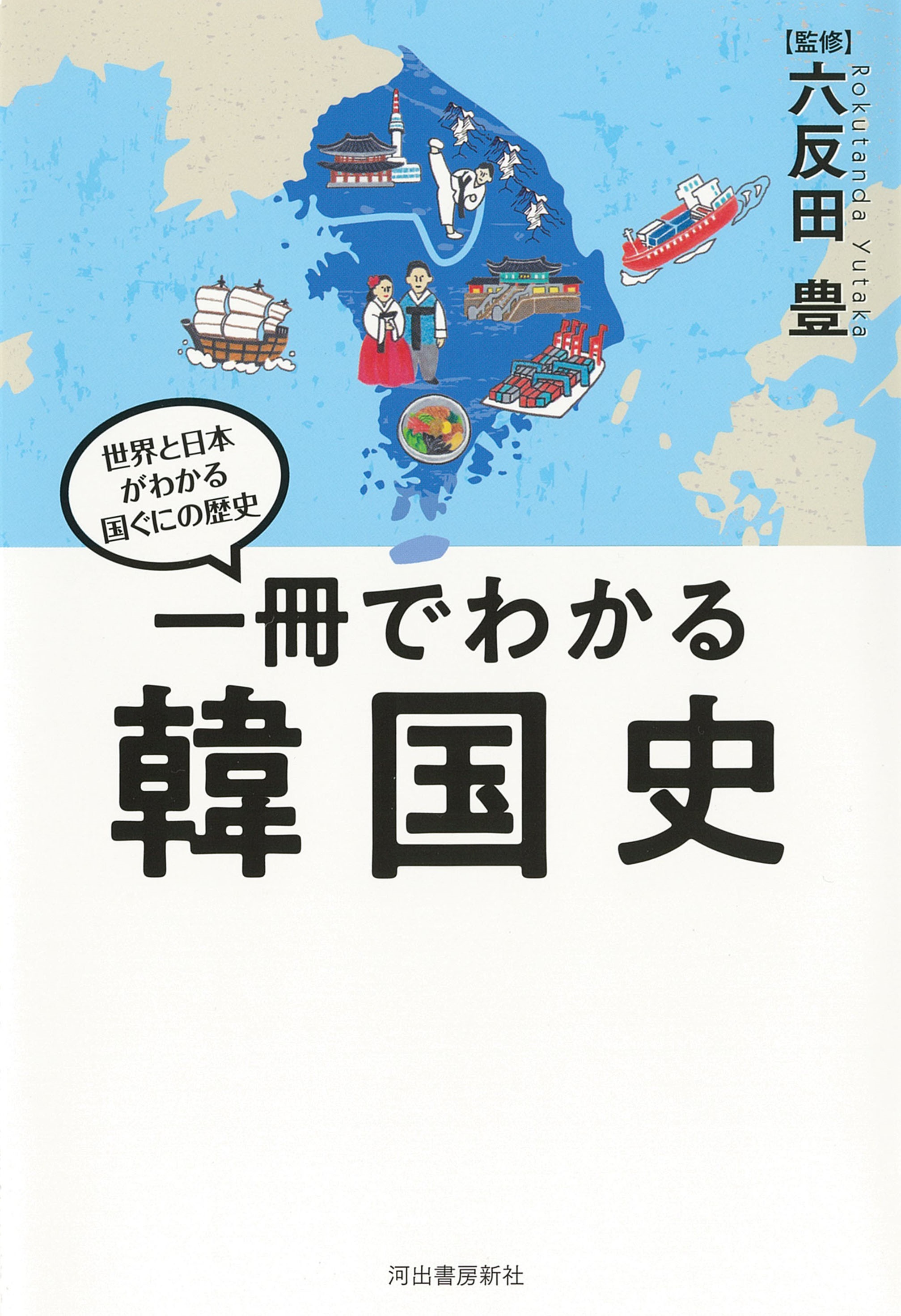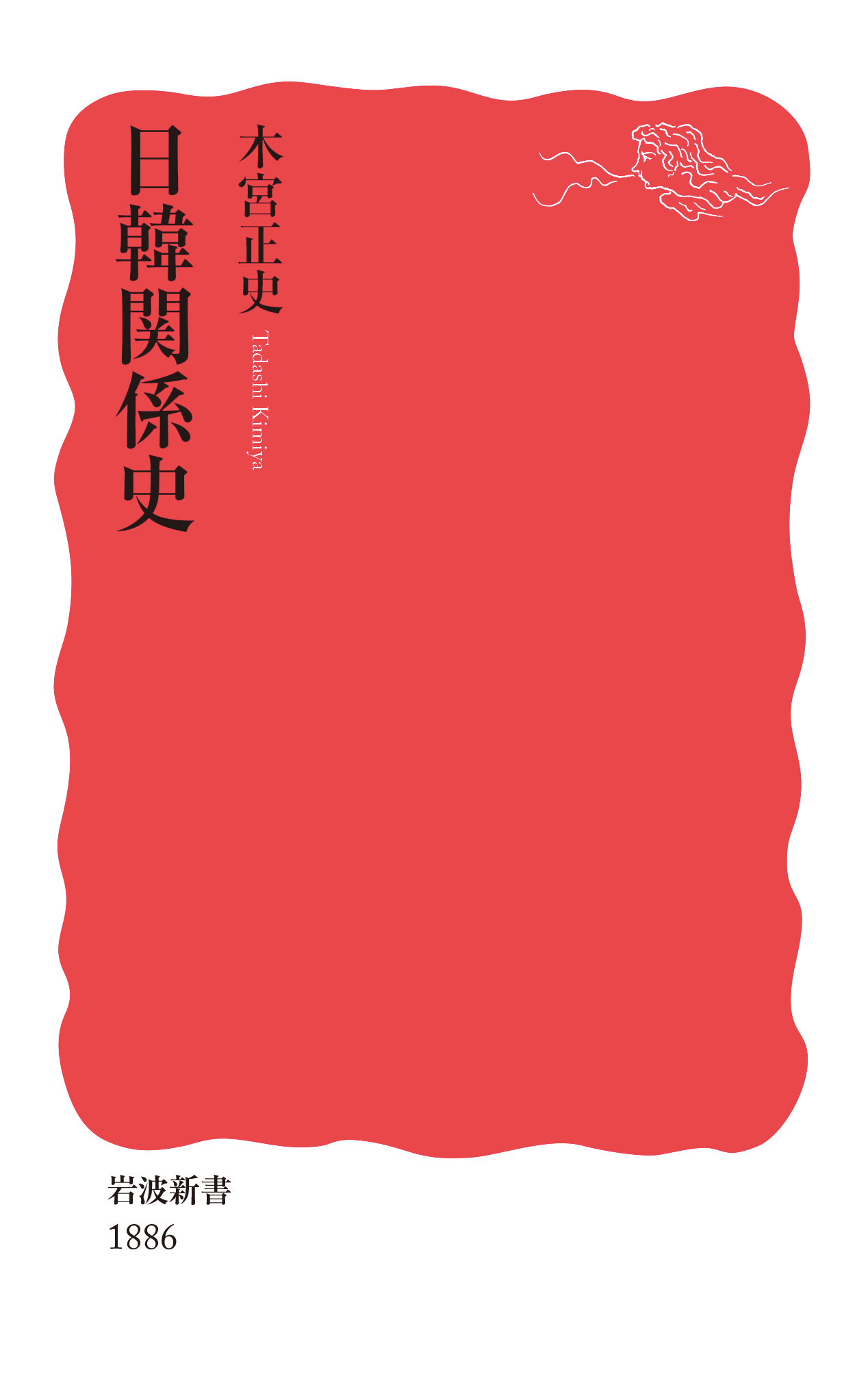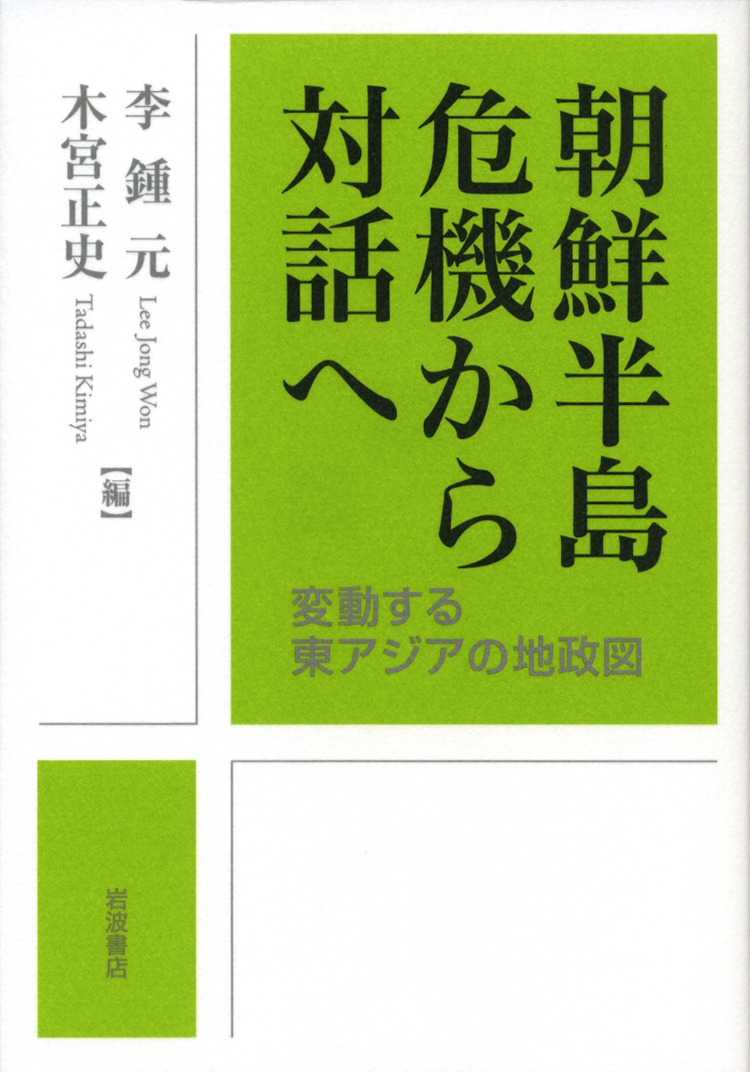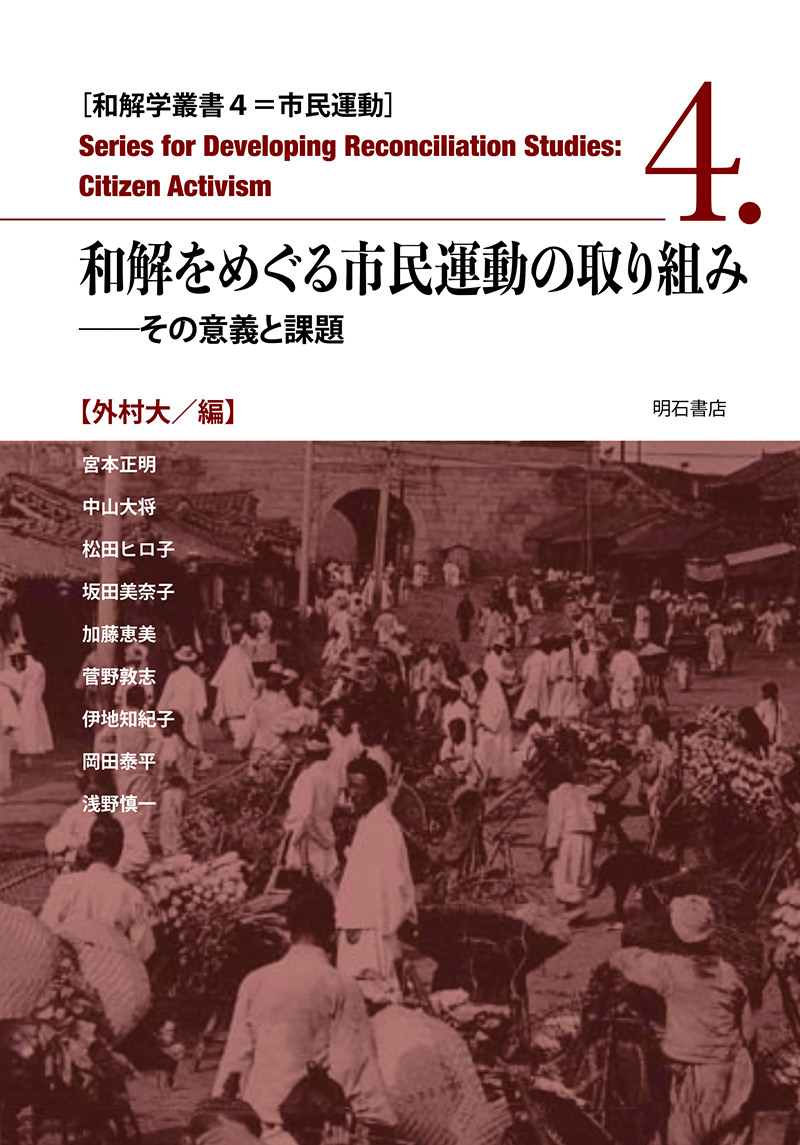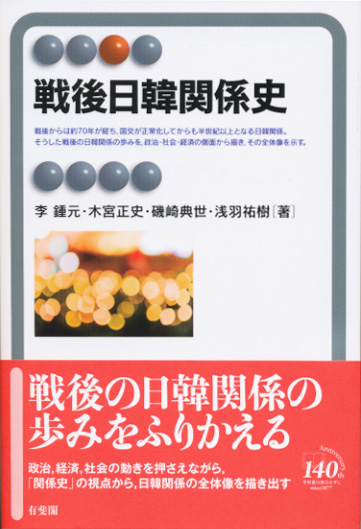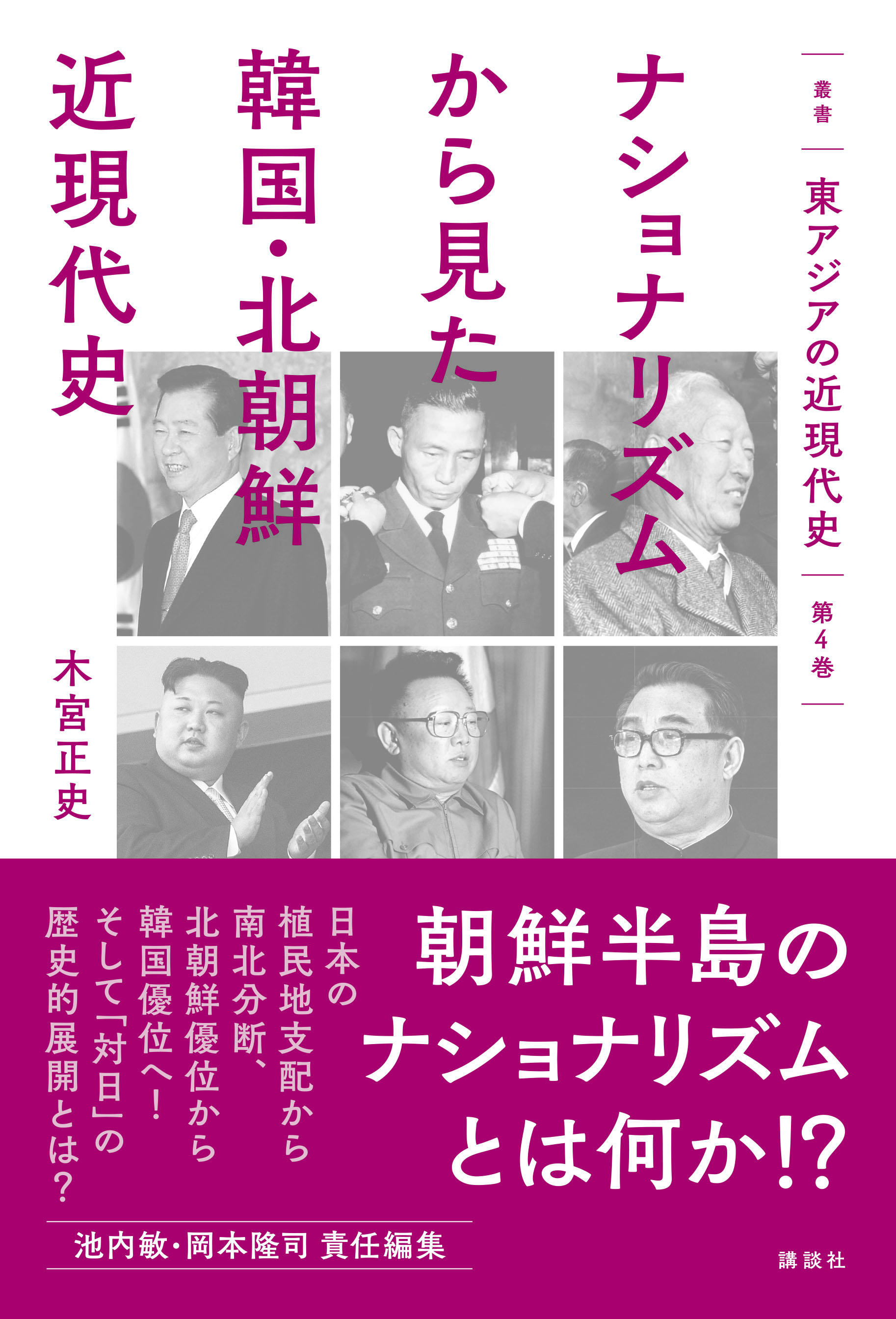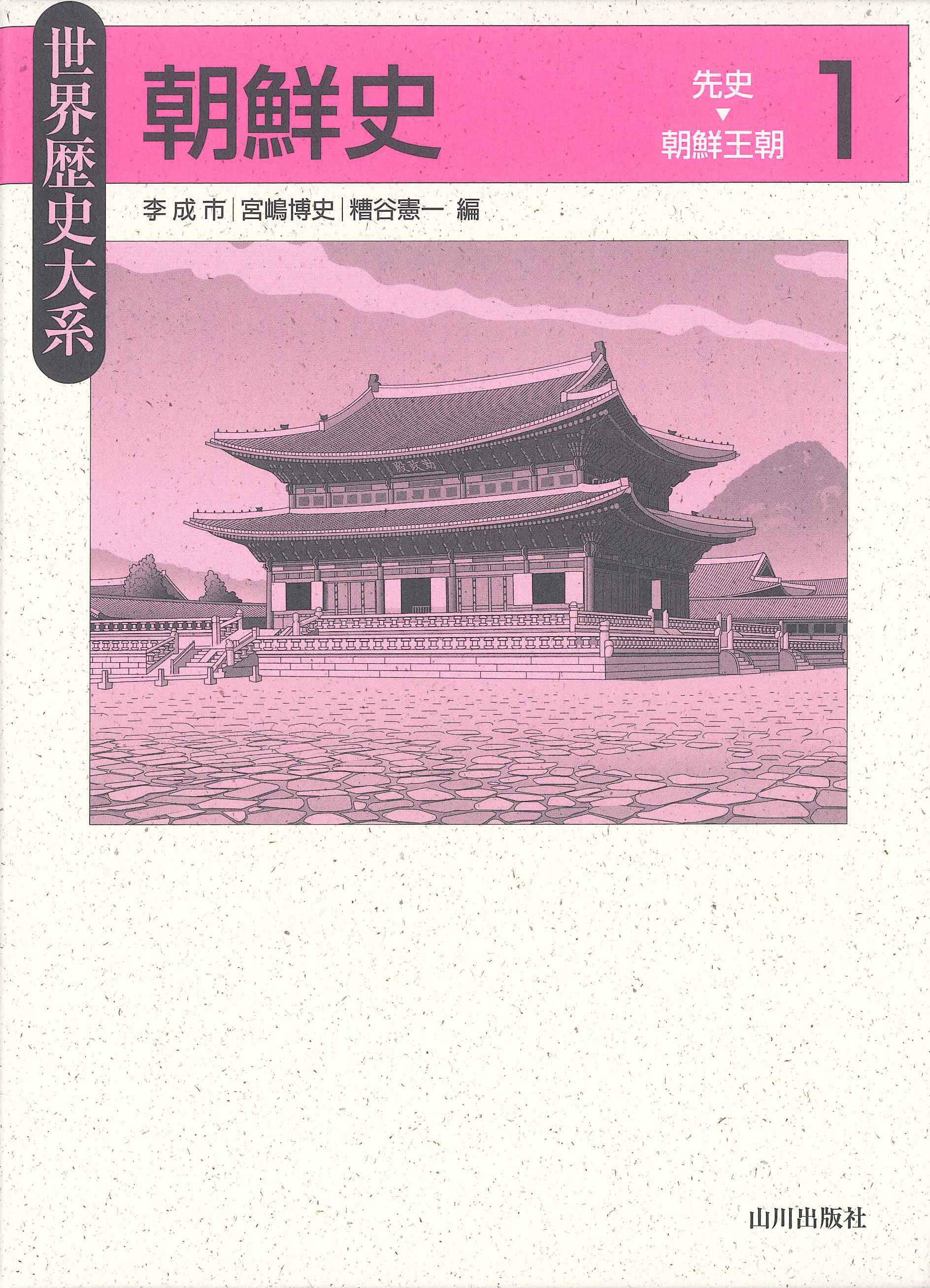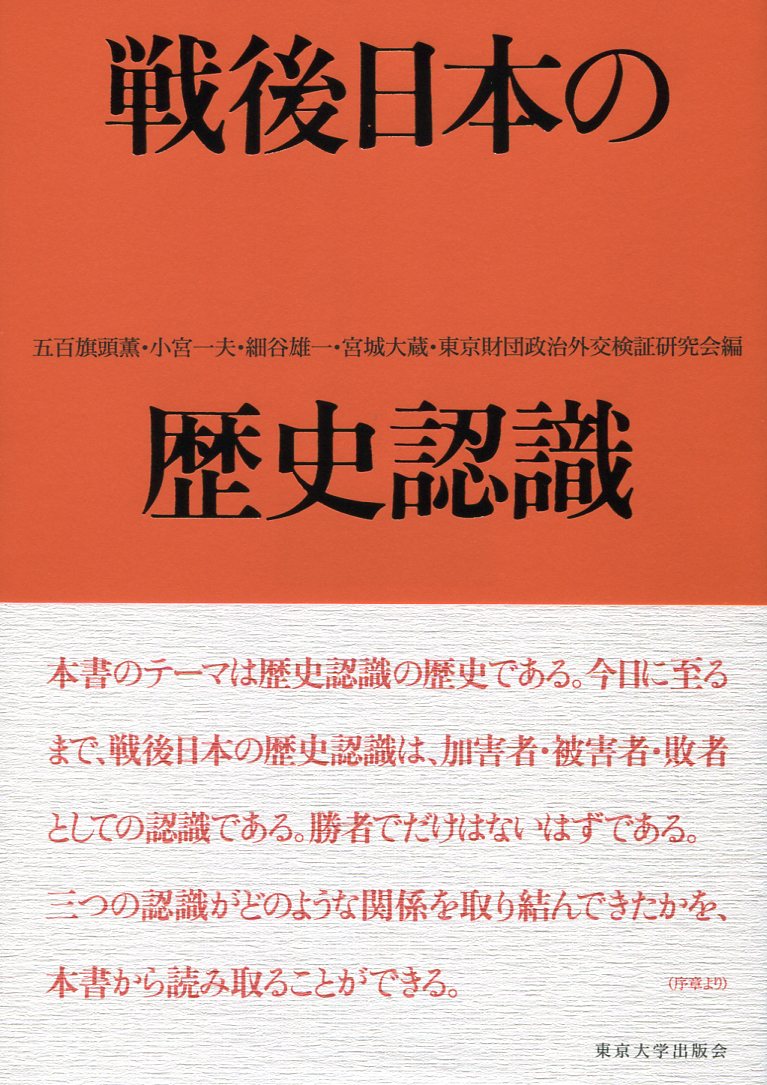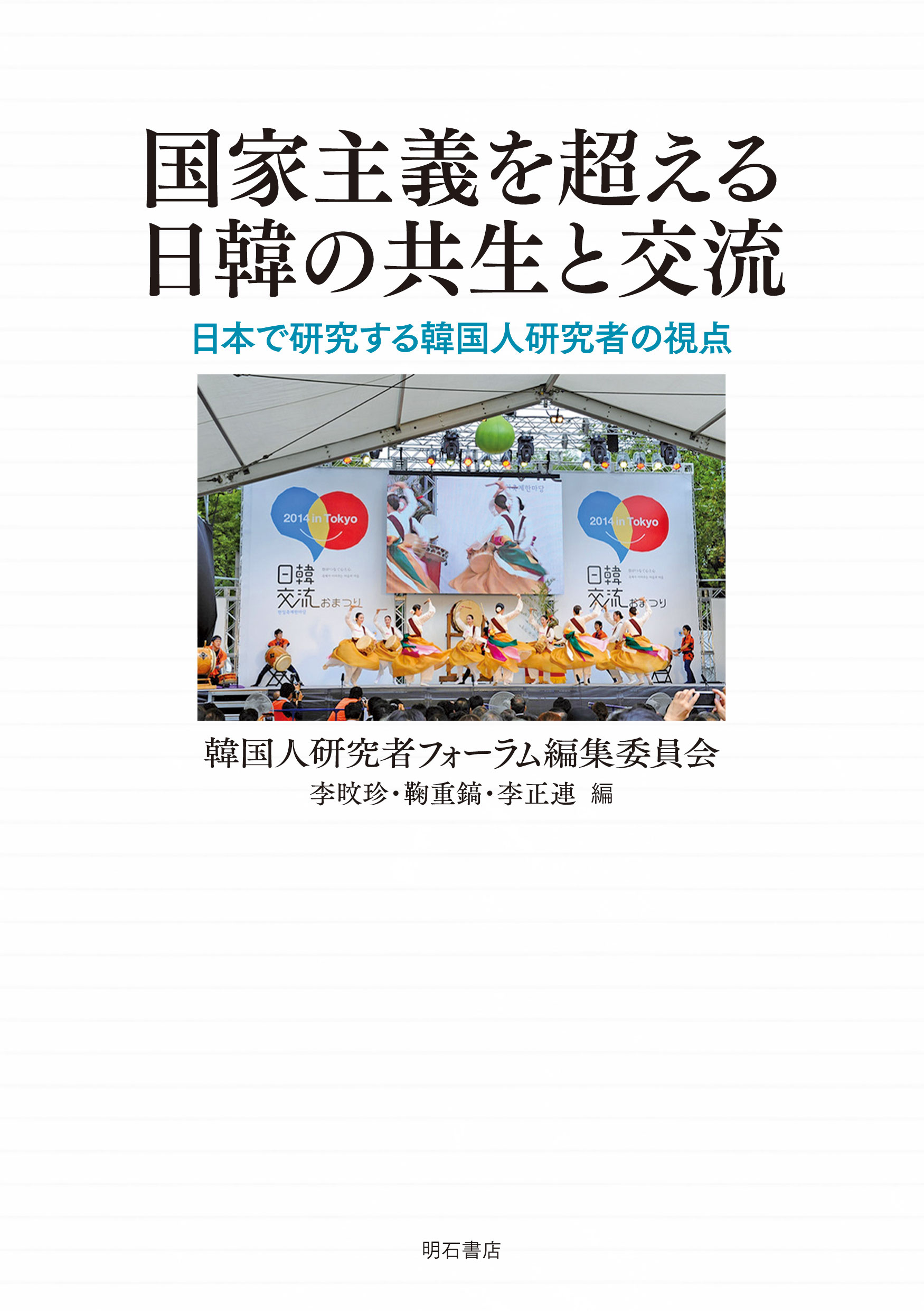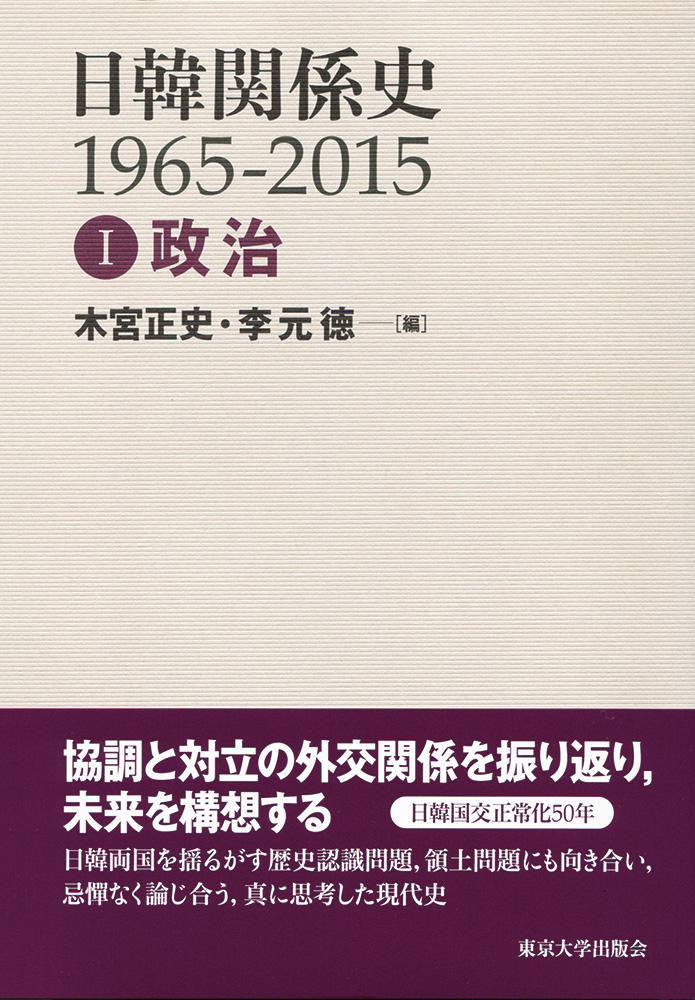
Title
History of Japan-Korea relations 1965-2015 I Seiji (I Politics - 3 volumes)
Size
450 pages, A5 format
Language
Japanese
Released
June 24, 2015
ISBN
978-4-13-025161-7
Published by
University of Tokyo Press
Book Info
See Book Availability at Library
Japanese Page
The Relations between Japan and Korea have become increasingly uncertain because of structural changes from an asymmetrical and complementary relationship to a symmetric competitive relationship, as well as through power shift in East Asia. It is important to seriously address the evaluation of Japan-Korea relations during the past 50 years after the normalization of diplomatic relations in 1965, to develop perspectives on their future relations. This book reports the results of Japan-Korea collaborative research conducted by sharing a common awareness about the issues.
During the last 50 years, Japan and Korea have been cooperatively making a variety of achievements in East Asia and the world, including economic development. Moreover, the superiority of South Korea has been established in the severe competition between social systems of North and South Korea. Moreover, bright prospects for the reunification of the Korean Peninsula began to be envisaged at certain levels. From the outside, these 50 years have been evaluated as “the blessed period.” However, neither Japan nor Korea seem to share this recognition.
Some Koreans have been arguing that normalization of diplomatic relations in 1965 was unfair and insufficient and that the subsequent 50 years cannot help but be evaluated negatively. There are also criticisms that the mechanisms of Japan-Korea compromise might have worked in the past for suppressing the intensification of confrontation, but that it is no longer effective. Recently, in Japan, the opinion that the deterioration of relationships between the two countries has been caused by Koreans not abiding by agreements reached because past problems have been completely solved, has predominated. These criticisms function to increasingly repel the people of the two countries each other. However, people making such criticisms do not have any clear ideas of what are “desirable Japan-Korea relations.” Furthermore, these criticisms cannot be accepted by the country that is the object of the criticisms. When evaluating Japan-Korea relations appropriately, the past 50 years should neither be completely rejected nor highly praised, but the facts, including positive and negative ones, should be recognized. That is, they should be “embraced.”
This book could play a role as a “supporter” for the people in the two countries, who do not have the confidence in their achievements. The author does not intend to state that the relations between the two countries during the past 50 years have been wonderfully beyond criticism. This book includes different articles that critically examine the relationship. It cannot be helped that the normalization of diplomatic relations in 1965 is recognized as having been insufficient, considering the changes in the power relationship between the two countries and changes in historical perspectives regarding the colonial rule. Therefore, amendments have been continuously made to maintain the agreement by accepting criticism. This book follows the changes during the past 50 years, in which the two countries mutually accepted criticism and continuously sought to evolve. Furthermore, the wisdom of this process is described in detail in the book, which has been simultaneously published in Japan and Korea (by Yeoksa Kongang) under the identical title. The publication of this book was subsidized by the Japan-Korea Cultural Foundation and the Northeast Asian History Foundation.
(Written by KIMIYA Tadashi, Professor, Graduate School of Arts and Sciences / 2017)



 Find a book
Find a book


